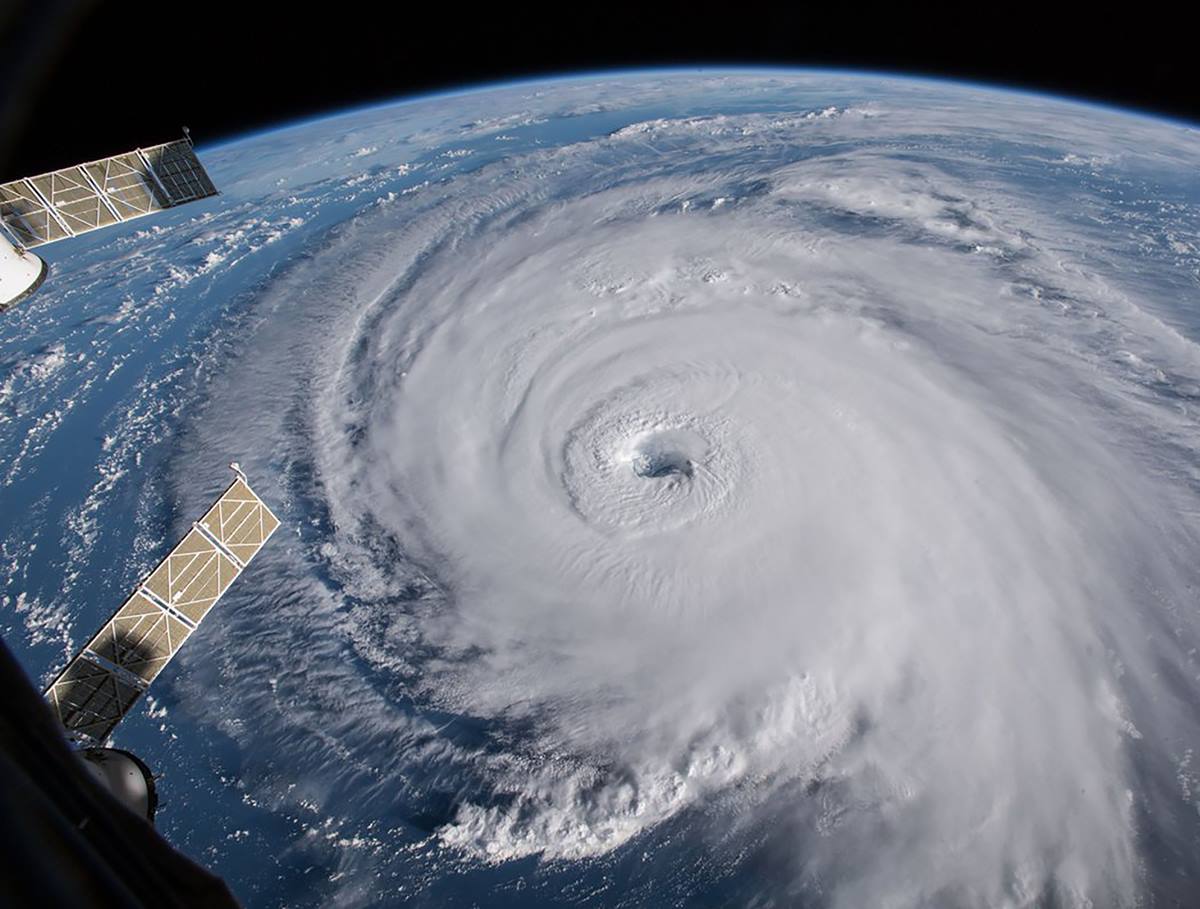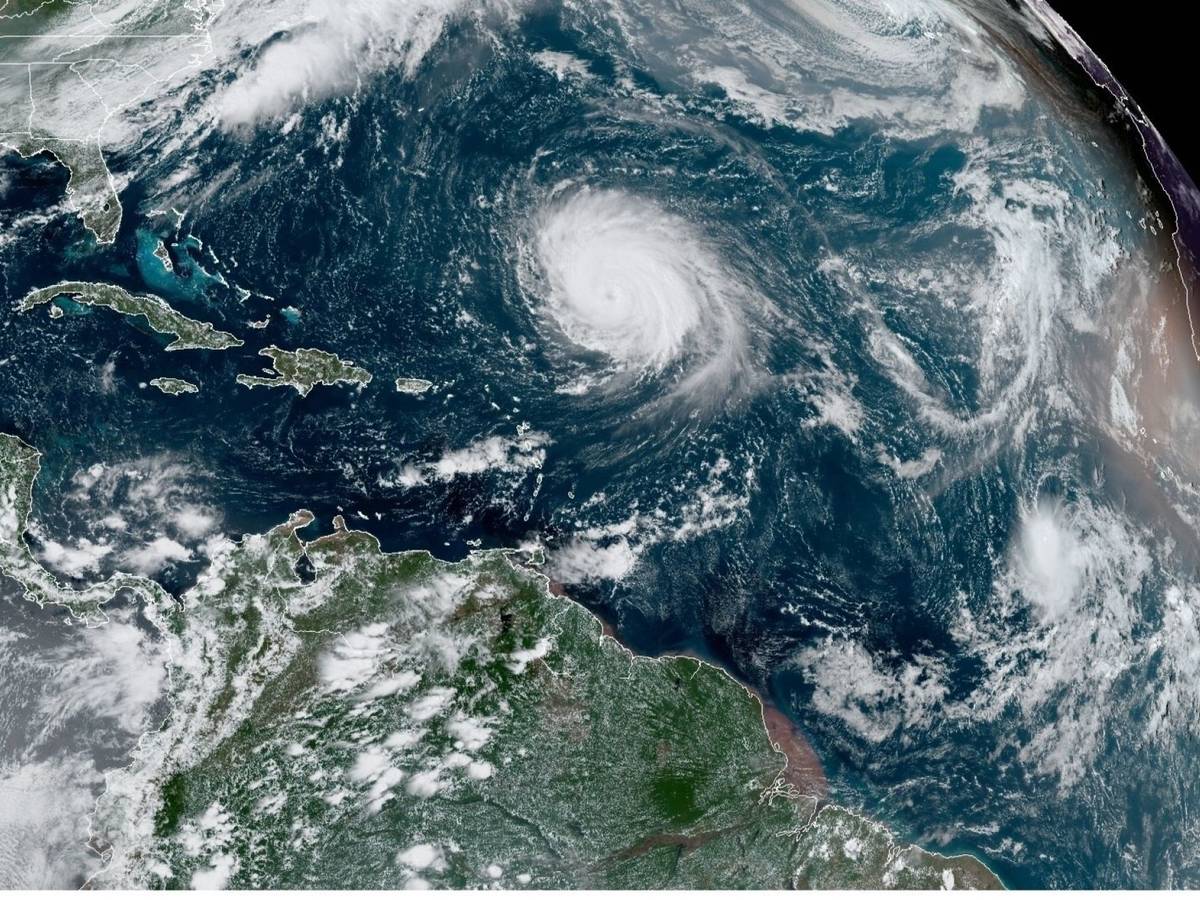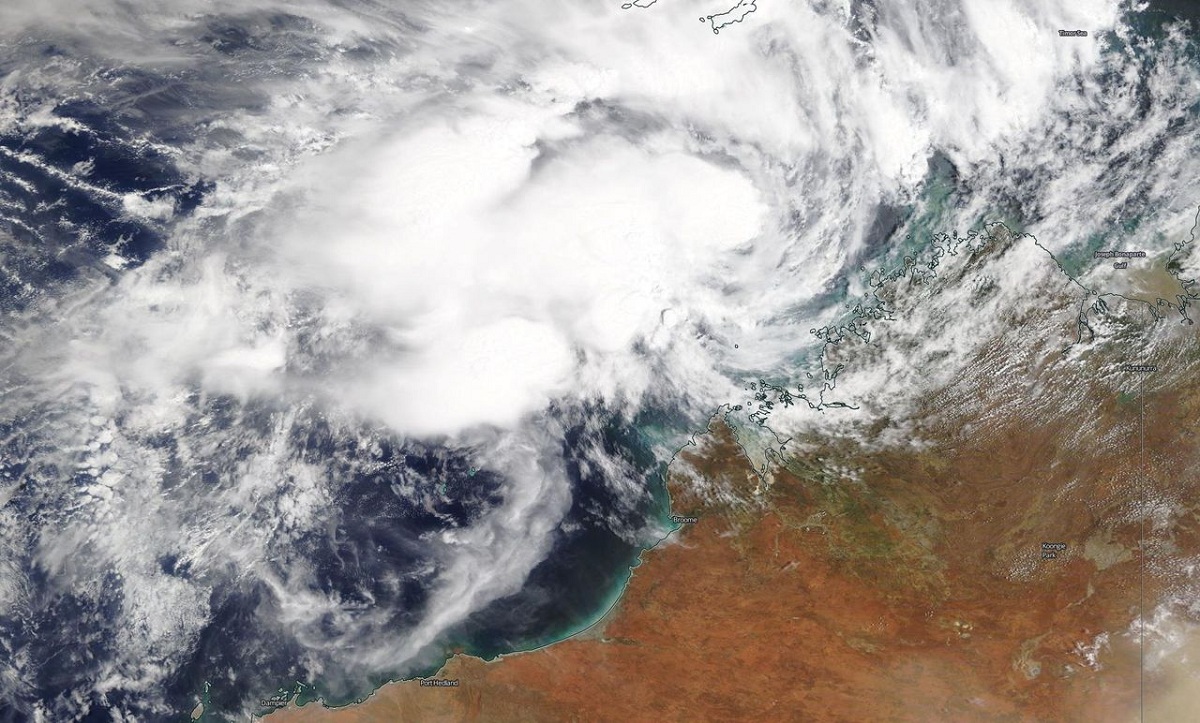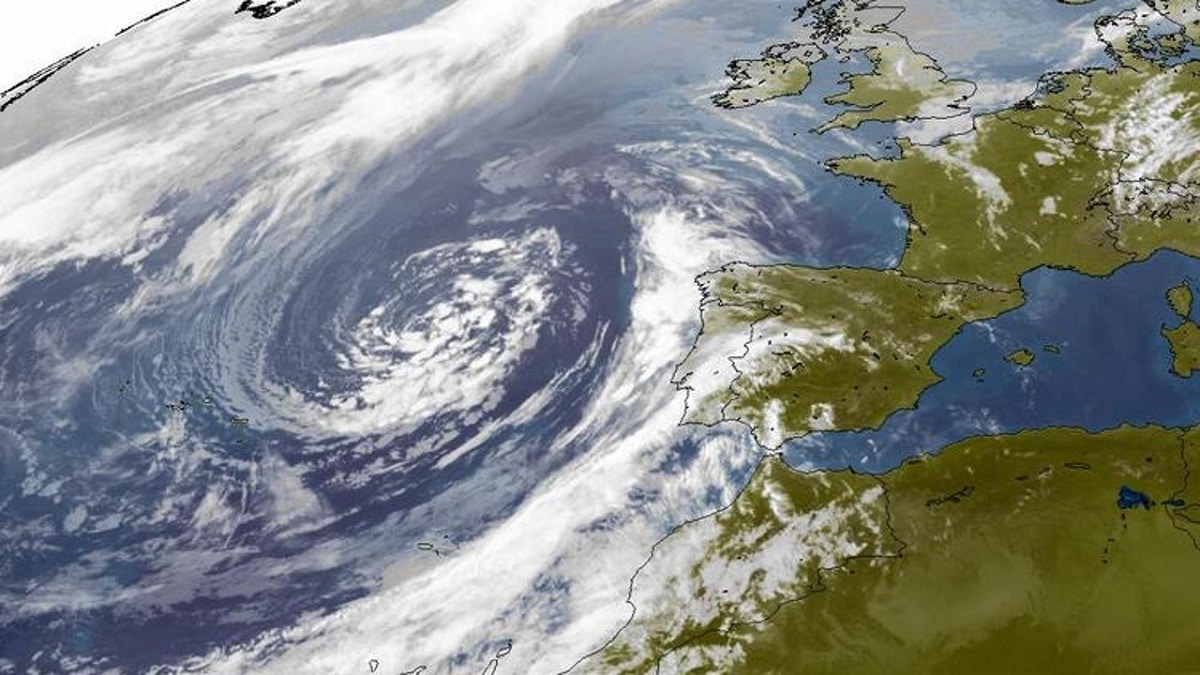
On our planet there are numerous types of precipitation depending on the form, origin and consequences. One of them is the tropical storm. It is known as a tropical storm to the meteorological system with a low pressure of which the winds revolve around a central axis and contains a closed circulation. This makes it can be devastating if there are lingering over time.
In this article we are going to tell you everything you need to know about the tropical storm, its characteristics, origin and consequences.
Key features

When we speak of a tropical storm, we refer to a meteorological system where low pressures predominate. The winds are quite intense and revolve around a central axis within a closed circulation. Thus, All these storms get their energy from condensation from humid air in a warm core. The core of these storms are warm and generate low pressure since hot air tends to rise and leaves space in the middle part of the atmosphere. This drop in pressure causes the rest of the surrounding air to "fill in" the space left by the hot air.
All this causes an atmospheric movement of the air that generates the tropical storm. The storms obtain the energy of the condensation of the humid air and are usually characterized by torrential rains and strong winds. The intensity and degree of destruction of these winds vary depending on the energy levels they have. In addition, depending on the intensity, tropical depressions are distinguished from tropical storms and hurricanes or typhoons. Some of the tropical storms usually be so large that they can be observed from the outer atmosphere of the planet. That is, astronauts can see some tropical storms from spacecraft.
Types of tropical storm

Both a tropical storm is a type of tropical cyclone, there are several specific types of cyclones that occur, as their name indicates, in the tropics. Hurricanes and typhoons fall into this category. Let's see what are the different types of tropical storm that exist:
- Extratropical cyclones: they are formed in latitudes higher than 30 degrees by two or more different air masses. These masses have different temperatures.
- Polar cyclones: they have a shorter life and arise in the polar regions.
- Subtropical cyclones: they have intermediate characteristics between the two previous categories.
As for its formation, a tropical storm takes place at the quality time of the year, since it requires a large amount of solar radiation. They are usually generated in the ocean when a minor storm receives energy from the evaporation of warm water on the surface of the sea. Normally it usually happens in times when there are high temperatures or too much solar radiation. All this generates a front of warm and humid water that rises and faces a front of cold air that causes both to rotate on a common axis. Said is that it is located in the central area and is known by the name of the eye of the storm.
The circuit repeats as the storm gains energy and moves. In this way, rain fronts and intense winds are generated. Tropical storms gain strength in warm waters and lose strength on land. A tropical storm is a natural meteorological phenomenon that occurs when two wet wind fronts meet in very special conditions: a warm wind and a cold wind "push" each other.
On the other hand, when they enter the continent, they tend to lose strength and dissipate due to the interruption of the circulation of hot and cold winds.
Aftermath of a tropical storm

Tropical storms are capable of ending the lives of many people. Even if they do not become hurricanes, tropical storms can cause great damage to the population. Their impact is particularly evident in coastal areas, as they can be blown away by strong winds, can overturn objects, raise coastal waves or produce heavy rains that can cause flooding.
All of this can cost many lives. If people are not prepared and attentive to such extreme weather conditions, material losses are often severe and recovery of affected areas can take a long time. Paradoxically, cyclones also have a positive effect on the global climate: carry rainwater to arid or semi-arid regions. Therefore, they indirectly promote the humidification of lands that would otherwise suffer desertification, such as the southern United States or Japan.
The world's largest cyclone occurred in late summer, when the sea became warmer. Although each region may present its own storm conditions and seasons, it has been observed that in terms of storms, May is usually the least active month, while September is the busiest month. This is due to the acclimatization phenomenon. For the water in the oceans to warm, it must spend almost the entire summer. In this way, the sea will be warmer during the month of September and it will cause the ideal conditions for the generation of a tropical storm.
Tropical depression, hurricanes and names
Tropical storms are named to be able to identify them during their journey, for this the names of people, women and men are used. They were selected in alphabetical order of the first letter and proceeded in the order of the storm season. Therefore, hethe first is called by A, the second by B, and so on.
Tropical depressions turn into storms by gaining energy. Tropical depression is the weakest type of tropical cyclone that exists. Its wind has a closed circulation of up to 17 meters per second, although gusts can reach higher speeds. If the low pressures (so called because they are the formula for low pressures) gain energy in motion, they will continue to grow until they become tropical storms with wind speeds between 17 and 33 meters per second.
Hurricanes are the most intense among tropical cyclones. They originate in tropical storms and obtain energy until the wind speed equals or exceeds 34 meters per second. According to the Saffir-Simpson scale, hurricanes are classified into 3, 4 or 5 levels depending on the strength of these winds.
Typhoons are periodic and occur in the east, such as the coast of Hong Kong. This name can be used to name depressions, storms and tropical hurricanes, because the term refers to the periodicity of these meteorological phenomena.
I hope that with this information you can learn more about the tropical storm and its characteristics.